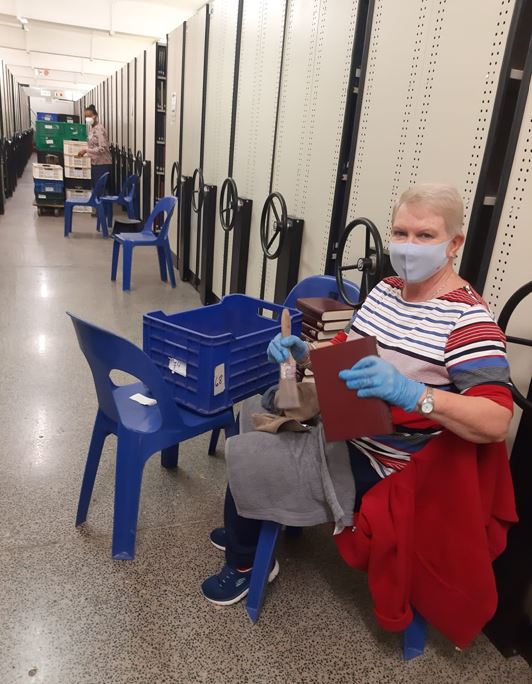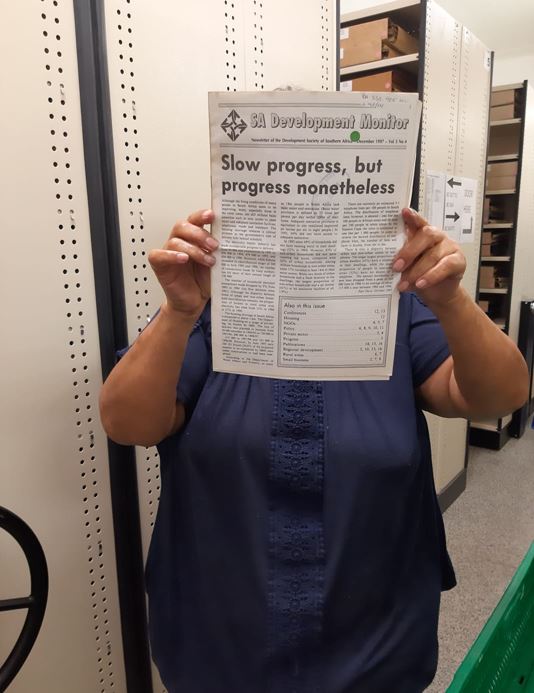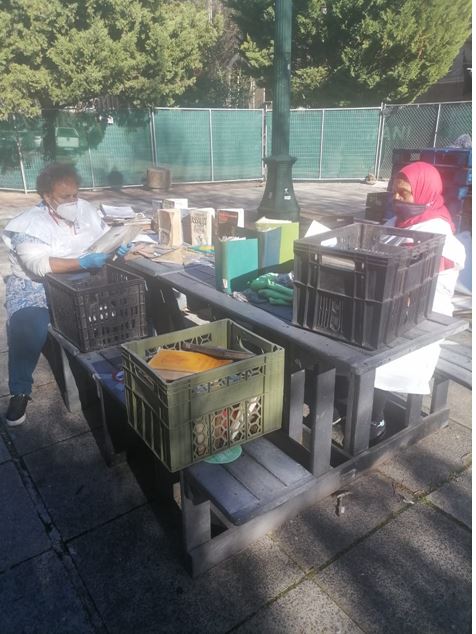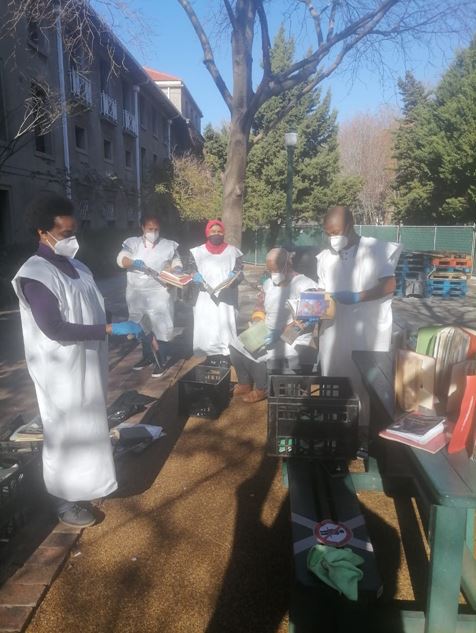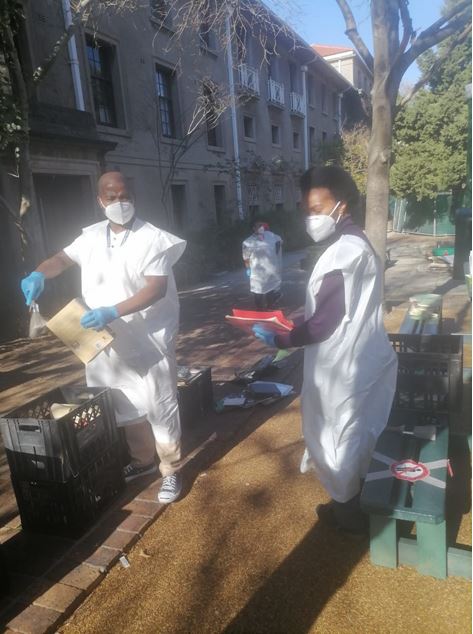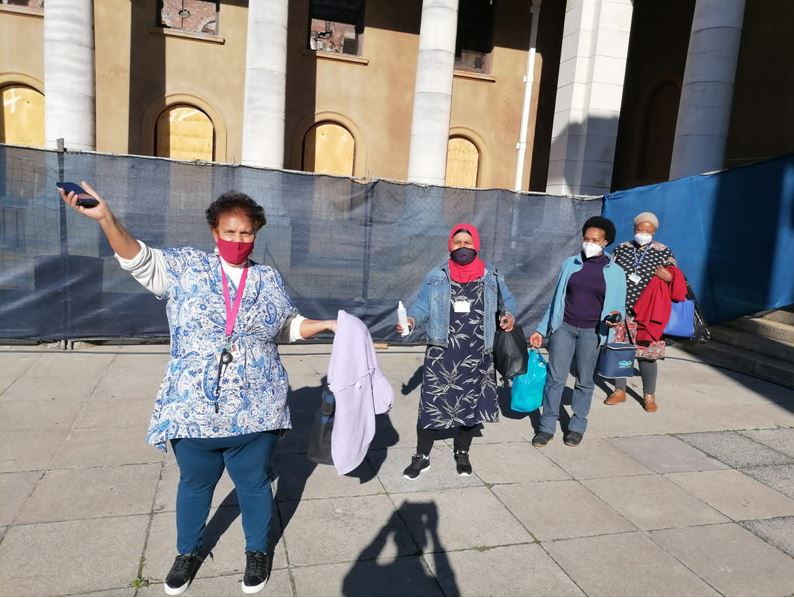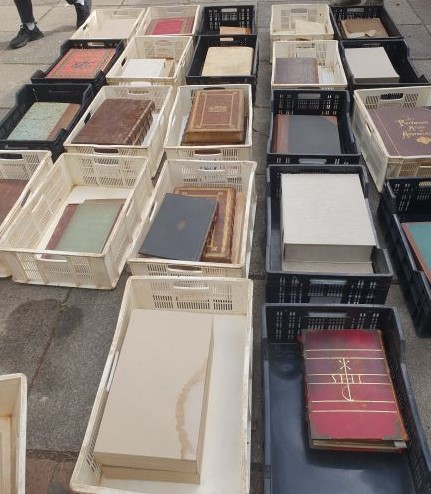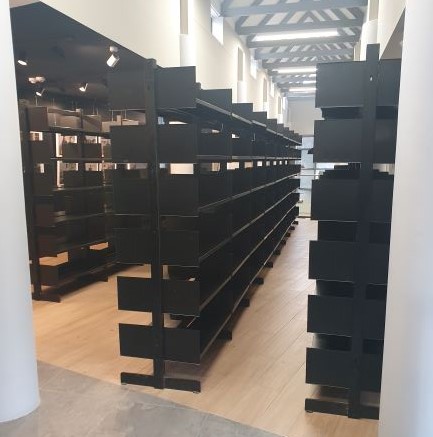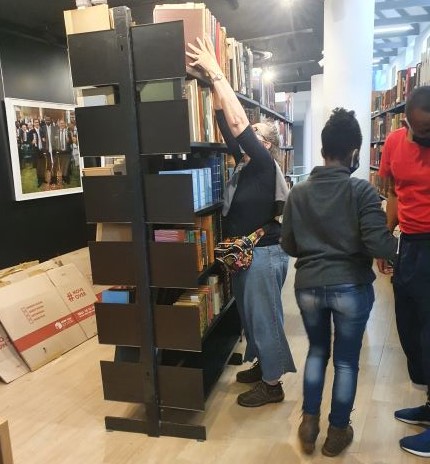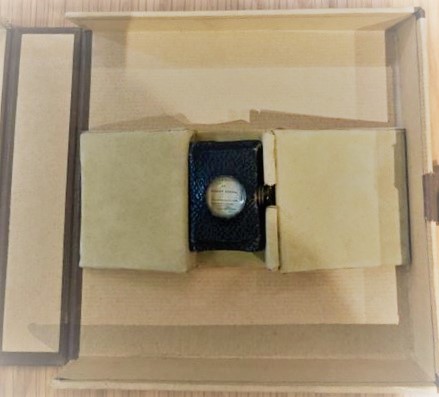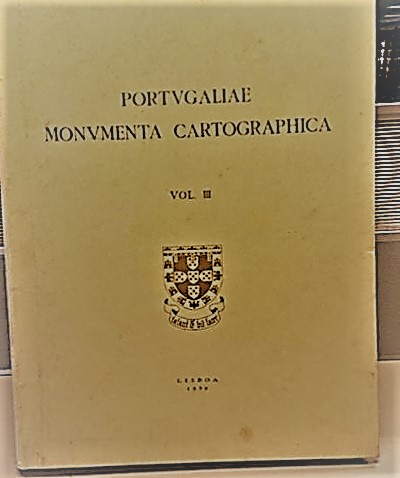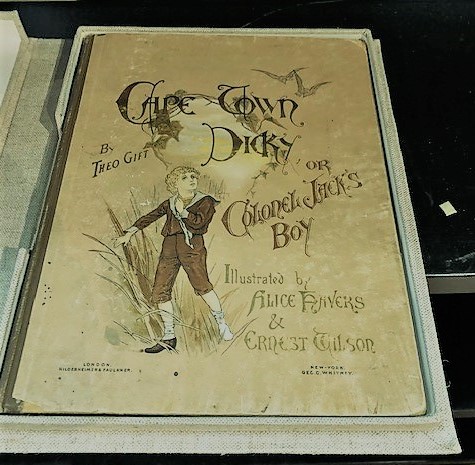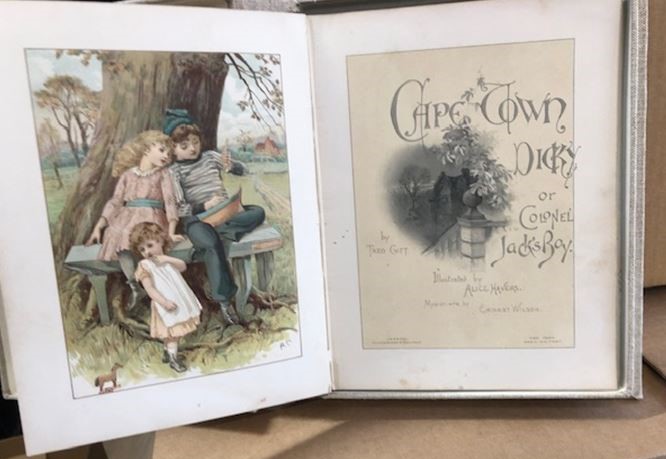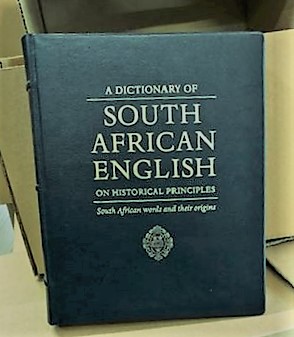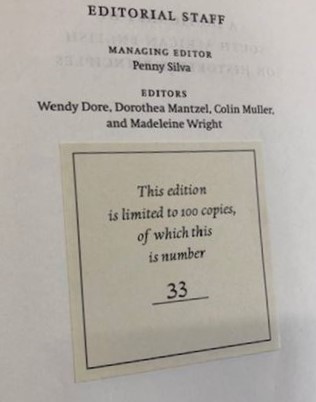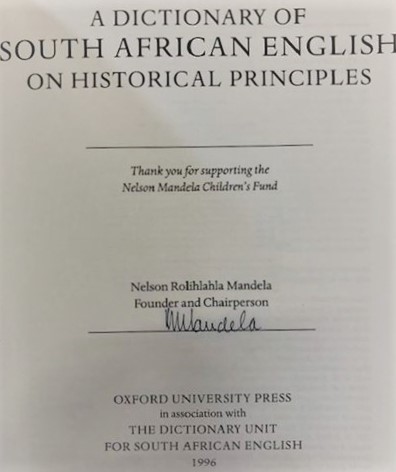by Mandy Noble, Principal Librarian for Published Collections, Special Collections, UCT Libraries
Much has been written by colleagues and journalists, in very moving pieces, of the momentous salvage project following the Table Mountain fire of April 18th – a date that will be etched in the memories of all those who watched in horror as the beloved and historic Jagger Library went up in flames.
On that day, we all feared that everything housed in the Jagger Library was destroyed – but as the salvage process progressed over the next weeks, we were relieved to see that large parts of the collections had not been burnt. They were, at best, covered in soot and, at worst, severely water damaged.
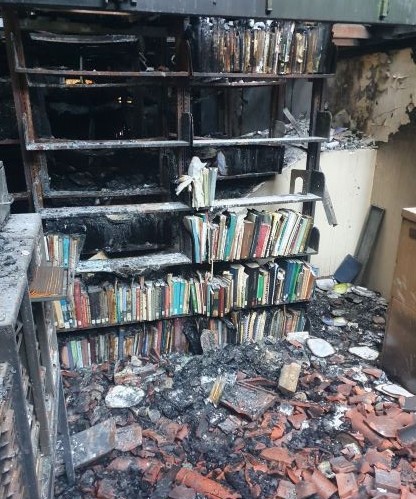
This blog is to pay tribute to all of the Special Collections staff, but particularly those in the Published Collections, who have embraced and led an enormous amount of recovery work since the last crate was removed from the Jagger Library and the last volunteer walked off. This work has taken place in various venues on and off UCT’s Upper Campus.
Journals salvaged from the fire
In the Libraries’ Special Collections store at Meulenhof in Mowbray, a cohort of five library staff in the Published Collections team – assisted on and off, initially by volunteers and then staff members – painstakingly spent 10 days wiping soot off the thousands of soot-covered journals that miraculously survived the fire. Many of these journals are unique to UCT Libraries and cannot be found elsewhere.
Final salvage of African Studies books
In the Library Learning Lounge on the Upper Campus, the entire Published Collections team spent weeks checking every book salvaged from the Jagger Basement area known as the interspace (approximately 11 000 volumes). They were checked for damp and mould, ticked off on a list and packed into crates for the move to the new temporary home of Special Collections in Mowbray.
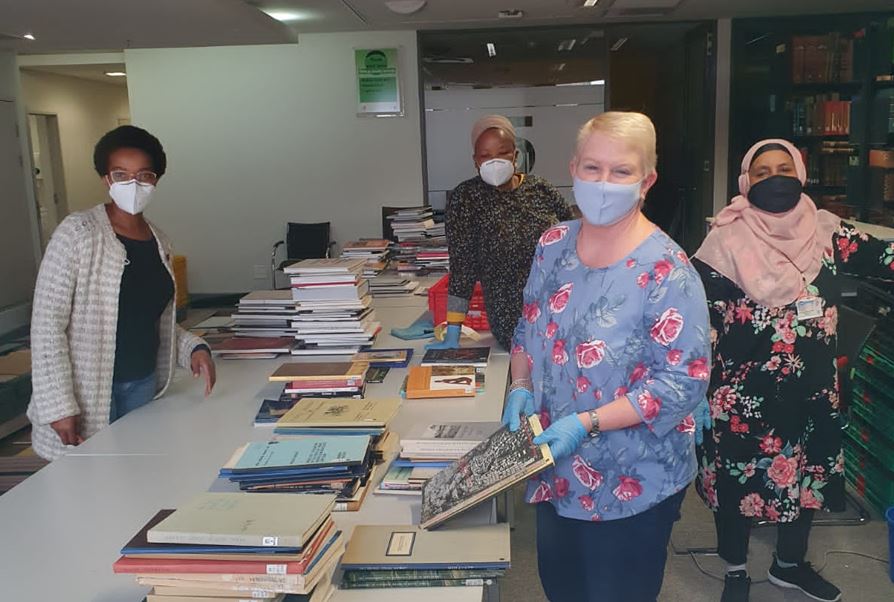
A few weeks after completion of Salvage work, I remember my team sending me urgent WhatsApp messages about books in good (relatively speaking) condition found in a skip on campus, and abandoned on the deserted floor of the Reading Room.
These absolutely had to be checked, cleaned and packed for moving to the new premises. These had been removed by Isipani construction from an area in the Jagger building deemed unsafe for Library staff and volunteers to enter during the Salvage due to the severe damage caused by the fire and water. My team proceeded to check and clean every single book that could be salvaged.
Rare Books Recovery
In the Kaplan Centre on Upper Campus a group of four of us spent three rainy, wintry days packing up some of the Rare Books salvaged from the Jagger Basement. We are working on the recovery and restoration of salvaged Rare Books affected by water exposure after the fire. These are being professionally restored by DK Conservators, who also volunteered their time and expertise in the early, urgent phase of the Salvage.
For me, especially after our work on the Salvage, this was a very special task. We got to handle each of these old and very special books – each one selected for its unique quality.
They included the smallest book I have ever seen and some of the largest.
Some were in the collection for their unique and beautiful binding. It was a rare opportunity for librarians to be able to handle these books and to be reminded of the treasures that previous librarians had painstakingly sourced, ordered and catalogued.
The packing up of part of the Rare Book collection was for me a wonderful journey of discovery into the unique and beautiful items in the collection. So, please bear with me as I highlight some of my favourite discoveries.
Those beautiful bindings, including some wonderful modern examples.
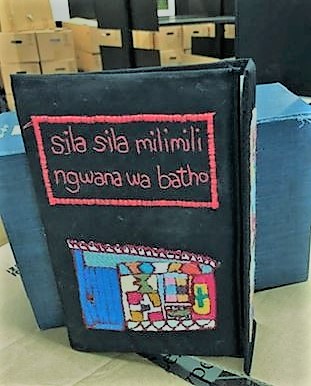
The smallest and the largest book below from left: Poems, chiefly in the Scottish dialect by Robert Burns. Measuring just 3.5 cm.; Portugaliae Monumenta Cartographica por Armando Cortesão e Avelino Teixeira da Mota, measuring 62 cm.
The novels of Charles Dickens were originally published in weekly or monthly instalments. Here is the complete set of Nicholas Nickleby in our collection.
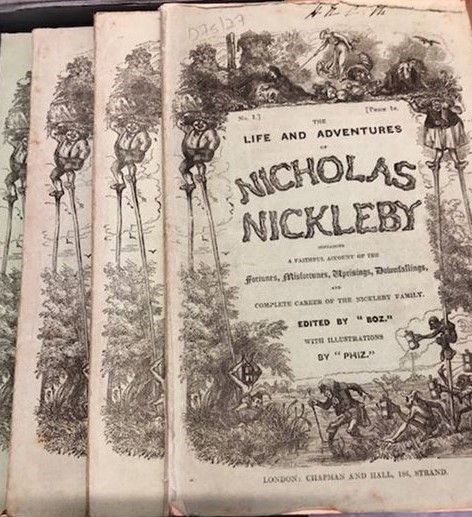
Our Rare Books include some classic children’s books from a bygone era.
Practical advice from a bygone era: the book of household management by Mrs Mary Beeton published in 1869, and a practical guide for the tailor’s cutting-room : being a treatise on measuring and cutting clothing in all styles: and for every period of life from childhood to old age from 1848.
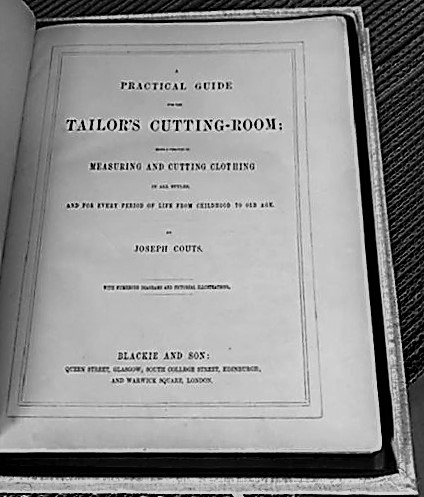
And last but by no means least – A dictionary of South African English, signed by the late President Nelson Mandela.
Aside from the restoration of water affected books, the Published Collections team is going to be busy for a long time to come with the recovery of collections and checking each and every saved book and pamphlet against the Libraries’ catalogue to ensure that there is an accurate reflection of our holdings on the system.
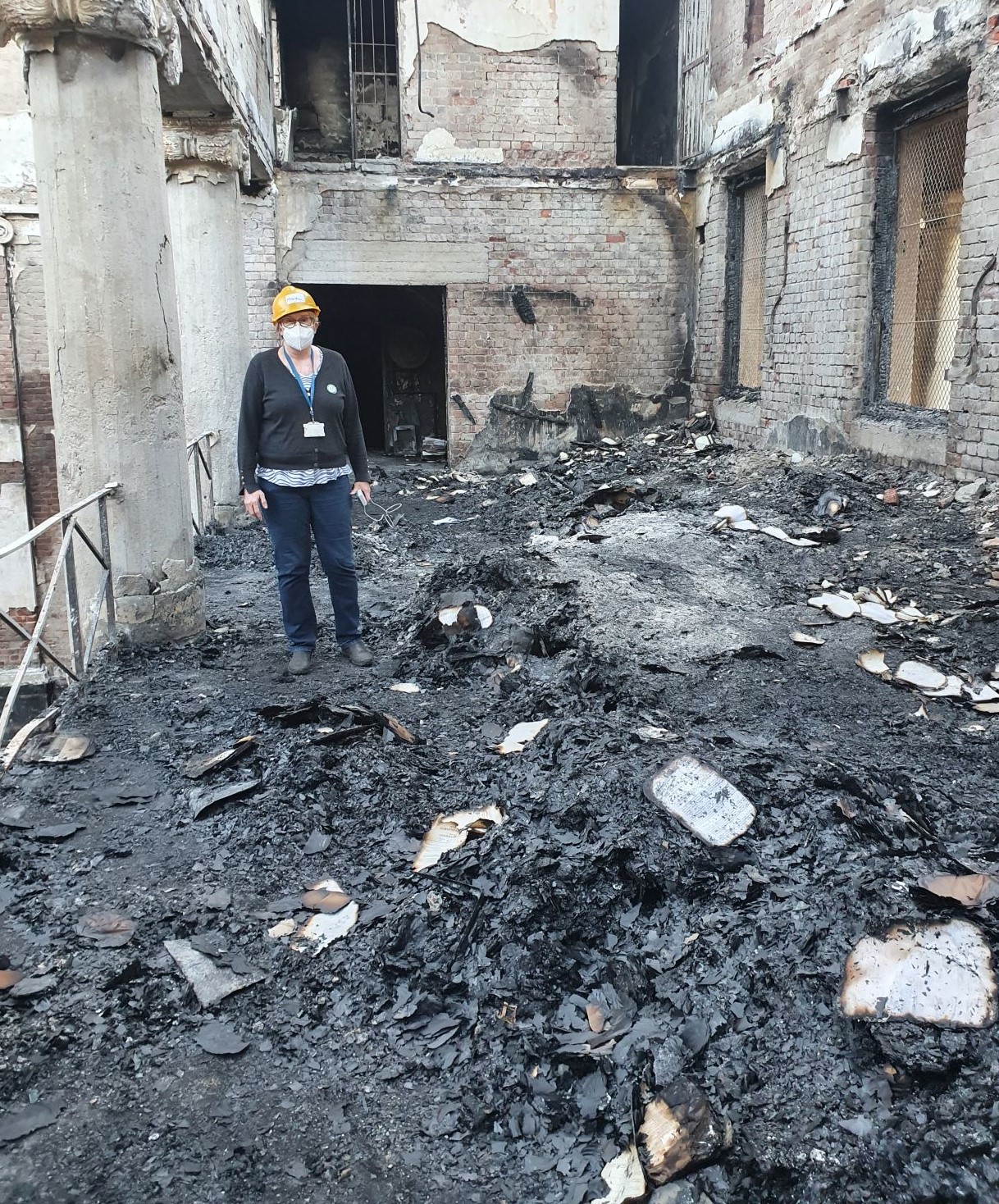
Mandy Noble is the Principal Librarian for Published Collections in the Special Collections of UCT Libraries. She serves on the management team of the Salvage and Recovery Project. She has worked at UCT Libraries for 35 years, and previously served as the Principal Librarian of the Libraries Cataloguing and Metadata Department.


